-
 bitcoin
bitcoin $118548.520763 USD
3.67% -
 ethereum
ethereum $4352.564943 USD
4.79% -
 xrp
xrp $2.964058 USD
4.22% -
 tether
tether $1.000565 USD
0.05% -
 bnb
bnb $1028.372955 USD
1.46% -
 solana
solana $221.373507 USD
6.00% -
 usd-coin
usd-coin $0.999933 USD
0.02% -
 dogecoin
dogecoin $0.248633 USD
6.85% -
 tron
tron $0.341444 USD
2.38% -
 cardano
cardano $0.852946 USD
5.82% -
 hyperliquid
hyperliquid $47.869306 USD
6.15% -
 chainlink
chainlink $22.561476 USD
6.01% -
 ethena-usde
ethena-usde $1.001258 USD
0.05% -
 avalanche
avalanche $30.660000 USD
2.06% -
 stellar
stellar $0.400917 USD
9.76%
Is a sideways trend with shrinking volume after a gap down a sign of a downward continuation? How should I react?
A gap down followed by low-volume sideways movement signals indecision, with consolidation reflecting uncertainty; traders should watch for volume resurgence and key technical levels to determine potential breakdown or reversal.
Sep 18, 2025 at 10:54 am
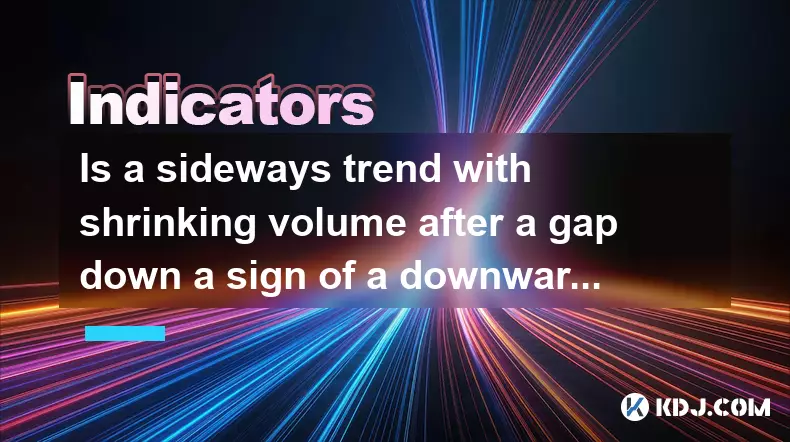
Understanding Sideways Movement After a Gap Down
1. A sideways trend following a gap down often reflects market indecision, where neither buyers nor sellers gain control. This consolidation phase can occur as traders reassess the asset’s value after a sharp drop. The price moves within a narrow range, indicating temporary equilibrium.
2. Shrinking volume during this phase suggests decreasing participation. As fewer traders execute trades, momentum weakens. Low volume in a sideways pattern may signal that the recent downward move has exhausted its force, but it does not confirm reversal or continuation by itself.
3. The gap down typically indicates strong selling pressure, often triggered by negative news or broader market sentiment. When the price fails to recover the gap and instead consolidates with declining volume, it may reflect a lack of buying interest rather than active accumulation.
4. Traders should examine the context of the gap—whether it filled previous resistance, broke key support, or occurred on high news volume. These factors help determine if the sideways action is a pause before further decline or the beginning of a base formation.
Key Technical Signals to Monitor
1. Watch for volume resumption at the edges of the trading range. A breakout to the downside accompanied by rising volume increases the likelihood of continuation. Conversely, upward movement with strong volume could indicate absorption of sell orders and potential reversal.
2. Identify key support levels below the current range. If the price approaches these levels and shows rejection with increasing volume, it may suggest a short-term bottom. Failure to hold support on renewed volume points toward bearish follow-through.
3. Use oscillators like the Relative Strength Index (RSI) or Stochastic to detect overbought or oversold conditions within the range. Extended periods near oversold readings without reversal may reflect persistent weakness even in consolidation.
4. Monitor moving averages, particularly the 50-day and 200-day. If the price remains below these averages during consolidation, the bias tends to remain bearish. Crossovers or rejections at these levels add confirmation.
5. Look for candlestick patterns such as bearish engulfing or inside bars near resistance zones. These formations, especially when aligned with volume spikes, can foreshadow resumption of the downtrend.
Strategic Responses in a Low-Volume Consolidation
1. Avoid entering new long positions until there is evidence of demand returning. Premature buying in a post-gap consolidation often leads to losses if the downtrend resumes. Patience is critical.
2. Consider tightening stop-loss levels for existing long positions if held through the gap. Reduce exposure incrementally if volume remains suppressed and price action shows no sign of stabilization.
3. Short-side traders may wait for a confirmed breakdown below the consolidation zone with expanding volume. Entering on a test of prior lows without volume support risks catching a temporary shakeout.
4. Use options or futures to hedge exposure during uncertain phases. Defined-risk strategies like put spreads can protect capital while limiting cost if the market remains range-bound.
5. Scale into positions only after confirmation. Whether initiating shorts on breakdowns or longs on reversals, partial entries allow adjustment based on how volume and price evolve beyond the range.
Frequently Asked Questions
What does a gap down followed by low-volume consolidation imply in crypto markets?In highly volatile assets like cryptocurrencies, a gap down with shrinking volume often precedes either a sharp reversal or an extended grind lower. Due to 24/7 trading, true gaps are rare, but sudden drops mimicking gaps usually stem from liquidity crashes on exchanges. Consolidation afterward suggests order book rebuilding, often around new support zones.
Can volume divergence during sideways action predict the next move?Yes. If price moves sideways but volume begins to rise on down days and fall on up days, it signals ongoing distribution. This imbalance hints that sellers are still active beneath the surface, increasing the odds of downside continuation once the range breaks.
How reliable are chart patterns after a gap down in fast-moving markets?Patterns like flags or rectangles post-gap can be useful, but require stricter confirmation in digital asset markets. False breakouts are common due to algorithmic trading and whale manipulation. Waiting for closing prices beyond the pattern with volume follow-through improves accuracy.
Should traders focus more on time or price when analyzing consolidation after a drop?Both matter, but duration of consolidation relative to the initial drop is key. A brief consolidation after a steep fall often leads to continuation. Extended sideways action—especially exceeding the time of the original decline—increases chances of reversal, particularly if on-ramp volume gradually returns.
Disclaimer:info@kdj.com
The information provided is not trading advice. kdj.com does not assume any responsibility for any investments made based on the information provided in this article. Cryptocurrencies are highly volatile and it is highly recommended that you invest with caution after thorough research!
If you believe that the content used on this website infringes your copyright, please contact us immediately (info@kdj.com) and we will delete it promptly.
- BlockDAG, DOGE, HYPE Sponsorship: Crypto Trends Shaping 2025
- 2025-10-01 00:25:13
- Deutsche Börse and Circle: A StableCoin Adoption Powerhouse in Europe
- 2025-10-01 00:25:13
- BlockDAG's Presale Buzz: Is It the Crypto to Watch in October 2025?
- 2025-10-01 00:30:13
- Bitcoin, Crypto, and IQ: When Genius Meets Digital Gold?
- 2025-10-01 00:30:13
- Stablecoins, American Innovation, and Wallet Tokens: The Next Frontier
- 2025-10-01 00:35:12
- NBU, Coins, and Crypto in Ukraine: A New Yorker's Take
- 2025-10-01 00:45:14
Related knowledge
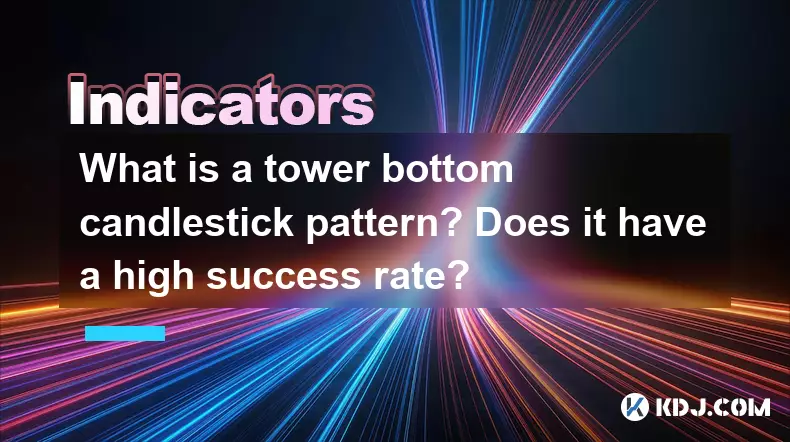
What is a tower bottom candlestick pattern? Does it have a high success rate?
Sep 22,2025 at 07:18am
Tower Bottom Candlestick Pattern Explained1. The tower bottom candlestick pattern is a reversal formation that typically appears at the end of a downt...
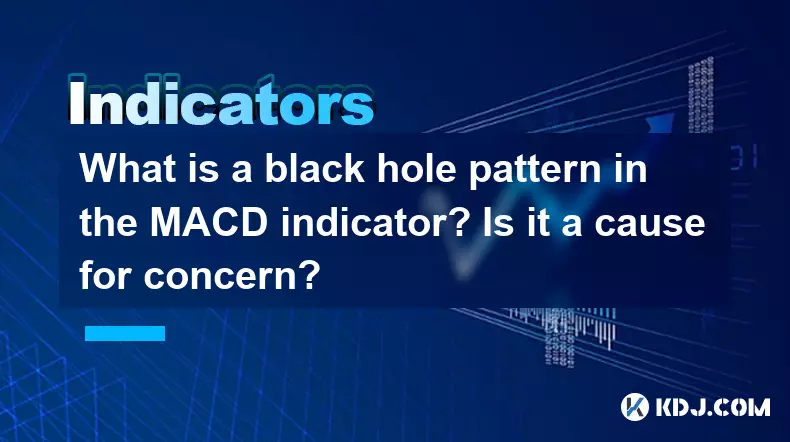
What is a black hole pattern in the MACD indicator? Is it a cause for concern?
Sep 21,2025 at 06:54pm
Bitcoin's Role in Decentralized Finance1. Bitcoin remains the cornerstone of decentralized finance, serving as a benchmark for value and security acro...

How can I use the psychological line (PSY) to determine market sentiment?
Sep 17,2025 at 02:19pm
Understanding the Psychological Line (PSY) in Cryptocurrency TradingThe Psychological Line, commonly referred to as PSY, is a momentum oscillator used...
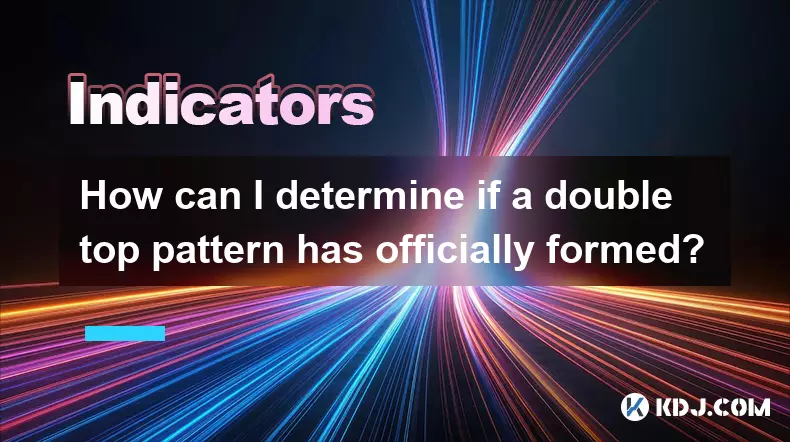
How can I determine if a double top pattern has officially formed?
Sep 21,2025 at 03:18am
Understanding the Structure of a Double Top Pattern1. A double top pattern consists of two distinct peaks that reach approximately the same price leve...
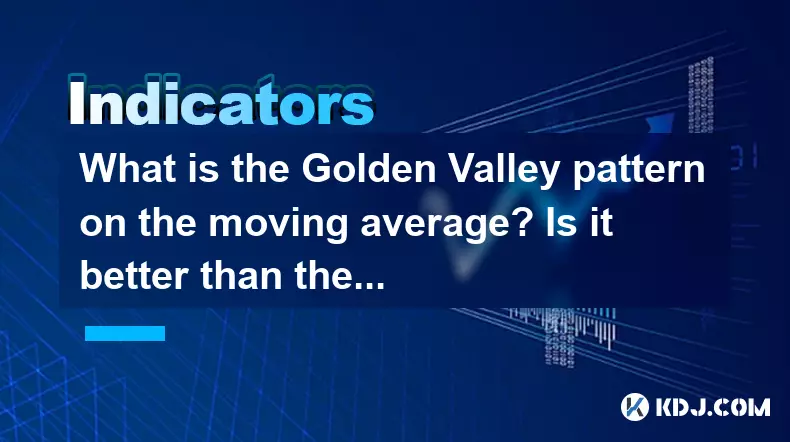
What is the Golden Valley pattern on the moving average? Is it better than the Silver Valley pattern?
Sep 21,2025 at 02:54pm
Understanding the Golden Valley Pattern in Moving Averages1. The Golden Valley pattern is a technical formation observed in cryptocurrency price chart...

What does a death cross of the RSI in the strong zone (above 50) mean?
Sep 17,2025 at 10:54pm
Understanding the Death Cross in RSI Context1. The term 'death cross' is traditionally associated with moving averages, where a short-term average cro...

What is a tower bottom candlestick pattern? Does it have a high success rate?
Sep 22,2025 at 07:18am
Tower Bottom Candlestick Pattern Explained1. The tower bottom candlestick pattern is a reversal formation that typically appears at the end of a downt...

What is a black hole pattern in the MACD indicator? Is it a cause for concern?
Sep 21,2025 at 06:54pm
Bitcoin's Role in Decentralized Finance1. Bitcoin remains the cornerstone of decentralized finance, serving as a benchmark for value and security acro...

How can I use the psychological line (PSY) to determine market sentiment?
Sep 17,2025 at 02:19pm
Understanding the Psychological Line (PSY) in Cryptocurrency TradingThe Psychological Line, commonly referred to as PSY, is a momentum oscillator used...

How can I determine if a double top pattern has officially formed?
Sep 21,2025 at 03:18am
Understanding the Structure of a Double Top Pattern1. A double top pattern consists of two distinct peaks that reach approximately the same price leve...

What is the Golden Valley pattern on the moving average? Is it better than the Silver Valley pattern?
Sep 21,2025 at 02:54pm
Understanding the Golden Valley Pattern in Moving Averages1. The Golden Valley pattern is a technical formation observed in cryptocurrency price chart...

What does a death cross of the RSI in the strong zone (above 50) mean?
Sep 17,2025 at 10:54pm
Understanding the Death Cross in RSI Context1. The term 'death cross' is traditionally associated with moving averages, where a short-term average cro...
See all articles










































































